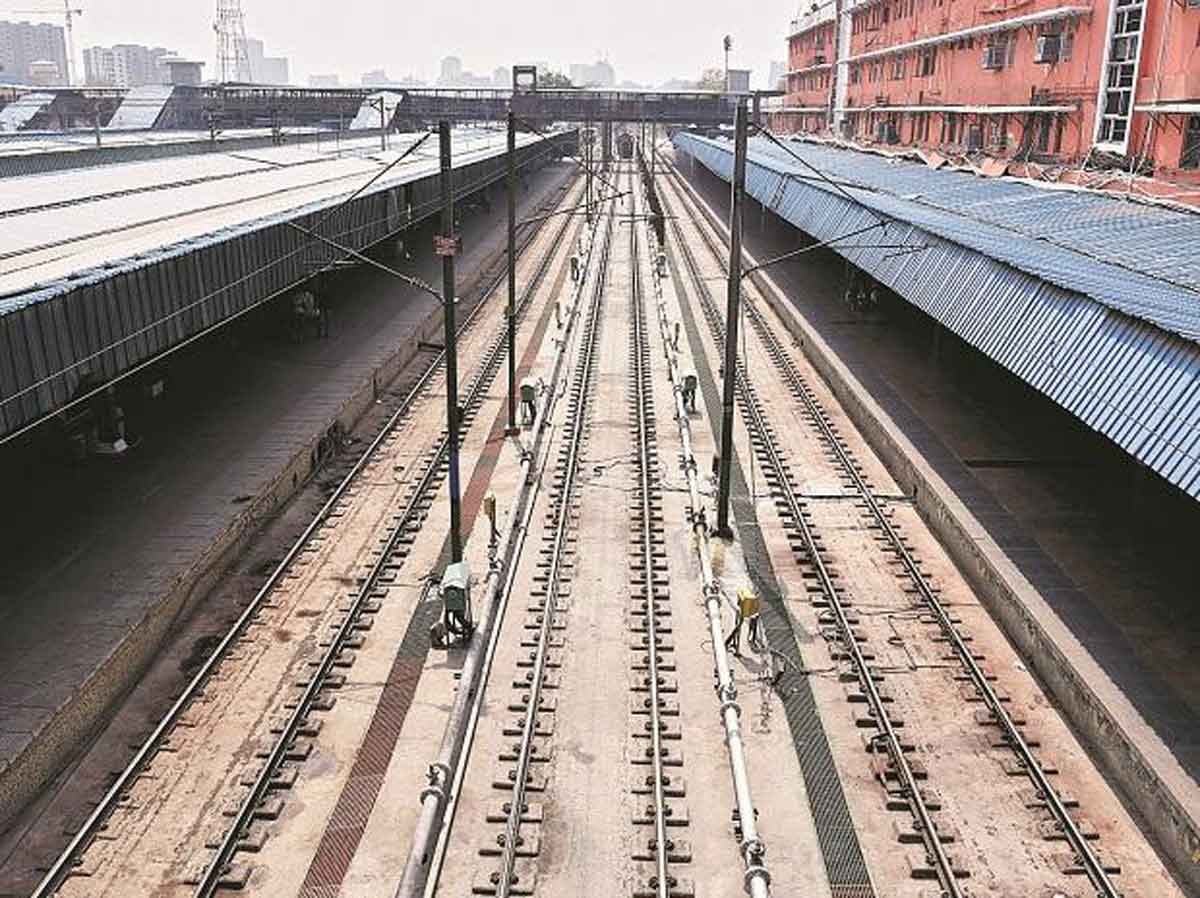Indian Railways is considering a new public-private partnership (PPP) model to attract private investment to redevelop railway stations. Under this model, investors would receive up to 40% of the total project cost as viability-gap funding (VGF) and would be permitted to commercially use the space above platforms and tracks.
According to the people cited above, the Rail Land Development Authority (RLDA), an Indian Railways unit, plans to run pilots at 15 stations, including Vijayawada and Anand Vihar. Based on the experience, the model will be finetuned and implemented across other major stations, they added.
Bids will be chosen under the hybrid PPP model based on the amount of VGF support required by the private investor. The private developer will be permitted to develop air space (vertical space above platforms) in order to generate additional revenue through commercial activities such as leasing office space, developing entertainment and recreational facilities, hospitality services, malls, and even healthcare facilities.
Railway land around the stations would not be included in the station redevelopment PPP, but would be exploited separately by RLDA under a separate monetization exercise involving the lease of land for commercial and residential development.
“The proposed new PPP model would eliminate the need to collect station development fees from railway passengers, a move that could make the exercise quite unpopular with commuters and burden the common man using railway service. The hybrid PPP model with VGF support and commercial development projects would adequately compensate investors and make it attractive for investors. The model is still being studied and will be available for use only during the next financial year," said an RLDA official, one of the two people cited above.
The new PPP model would be presented to the cabinet for approval once it was approved by the Railways.
A 2019-20 official estimate put investment in railway infrastructure at $50 trillion between 2018 and 2030. Even finance minister Nirmala Sitharaman had, in Union budget 2019-20, proposed the use of PPP for faster development and completion of railway projects, including laying of tracks, rolling stock manufacturing, delivery of passenger freight services and other infrastructure development.
While railways' capex has jumped over the past three to four years, with budgetary capex outlay for FY24 rising by about 50% to ₹2.4 trillion, huge spending needs require it to tap private sources.
Railways began considering the PPP model for station redevelopment several years ago, but the PPP model was postponed last year, and a decision was made to award stations under engineering procurement and construction (EPC) mode, where the cost is entirely borne by the government and private sector participation is limited to the provision of engineering expertise.
Tenders for New Delhi, Mumbai CSMT, and Ahmedabad stations, among others, have already been issued under the EPC route, with a capex of over 10,000 crore. Also, the government has announced 1,275 stations for development under Amrit Bharat Scheme in this year's budget. Almost all of these stations will be redeveloped as part of EPC.
“The private sector’s engagement in railway projects could also be brought into EPC contracts post the development of the infrastructure. Commercial development on redeveloped infrastructure by private sector partners could be considered later," the RLDA official said.
Railways have experimented with PPP projects in the manufacturing of locomotives, track laying, and signalling; however, the activity has been limited. A plan to operate passenger trains under PPP terms has already been abandoned, and the transporter's inability to function like the aviation and road sectors through the imposition of user fees prevents it from expanding PPP coverage.
Railways account for 1.52 trillion, or one-fourth, of the Centre's ambitious 6 trillion National Monetization (NMP) pipeline over the next four years, through FY25. However, it has so far come up short, earning only a pittance from the endeavour. Under the NMP, railways were required to monetize 120 stations, 30 trains, and 1,400 kilometres of track, among other things, in FY23, but have so far achieved little.
The national transporter is now under pressure to increase its monetization efforts, which has increased the possibility of opening up more areas for PPP projects.
See also:
1,275 Railway Stations to be Upgraded on Continous Basis
Indian Railways to club realty monetisation with revamp of stations




















